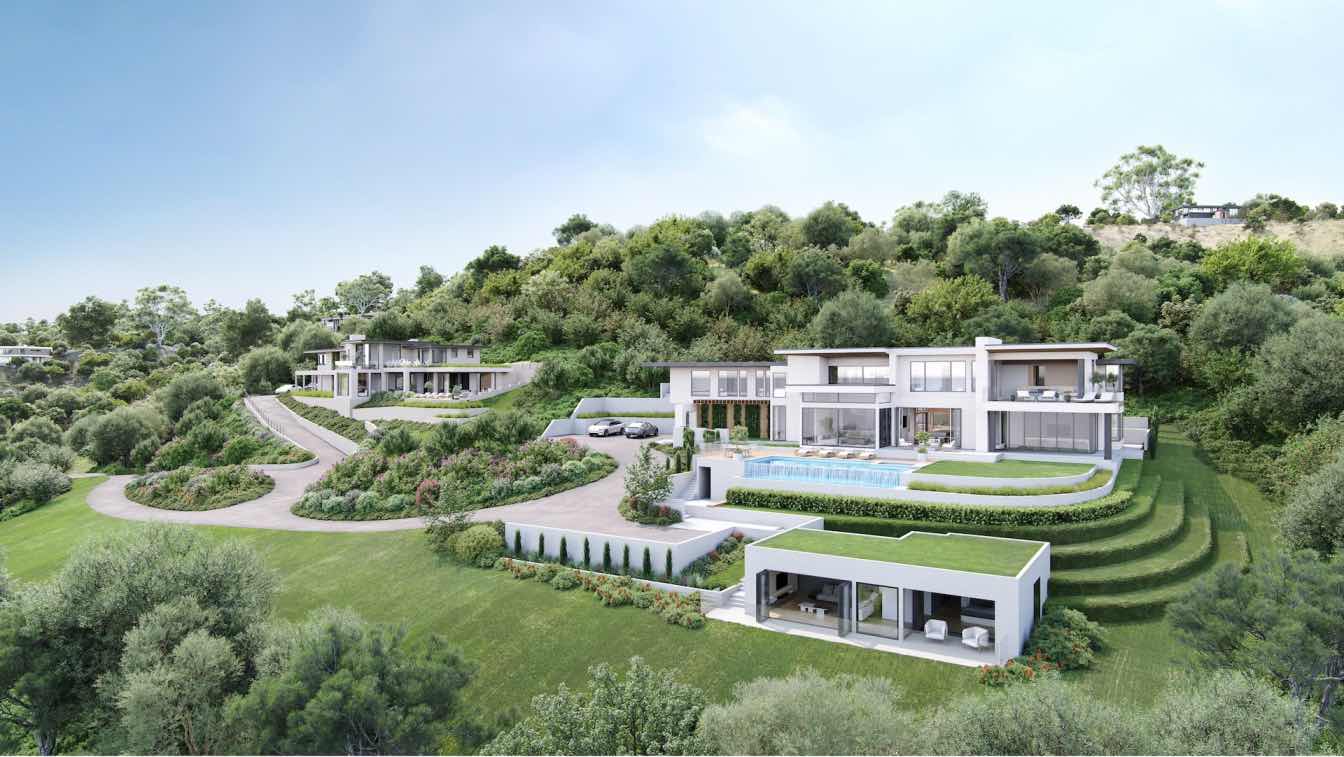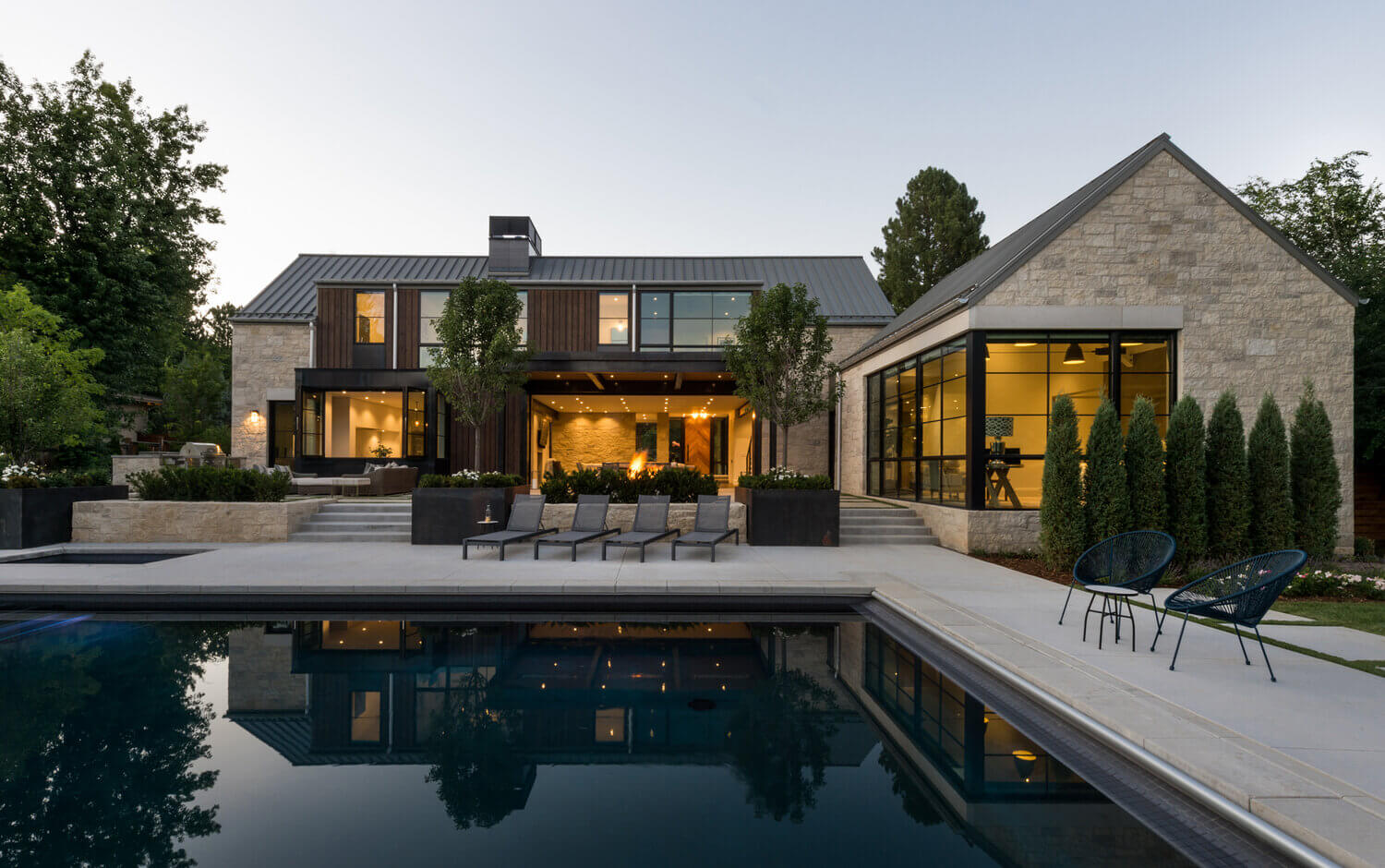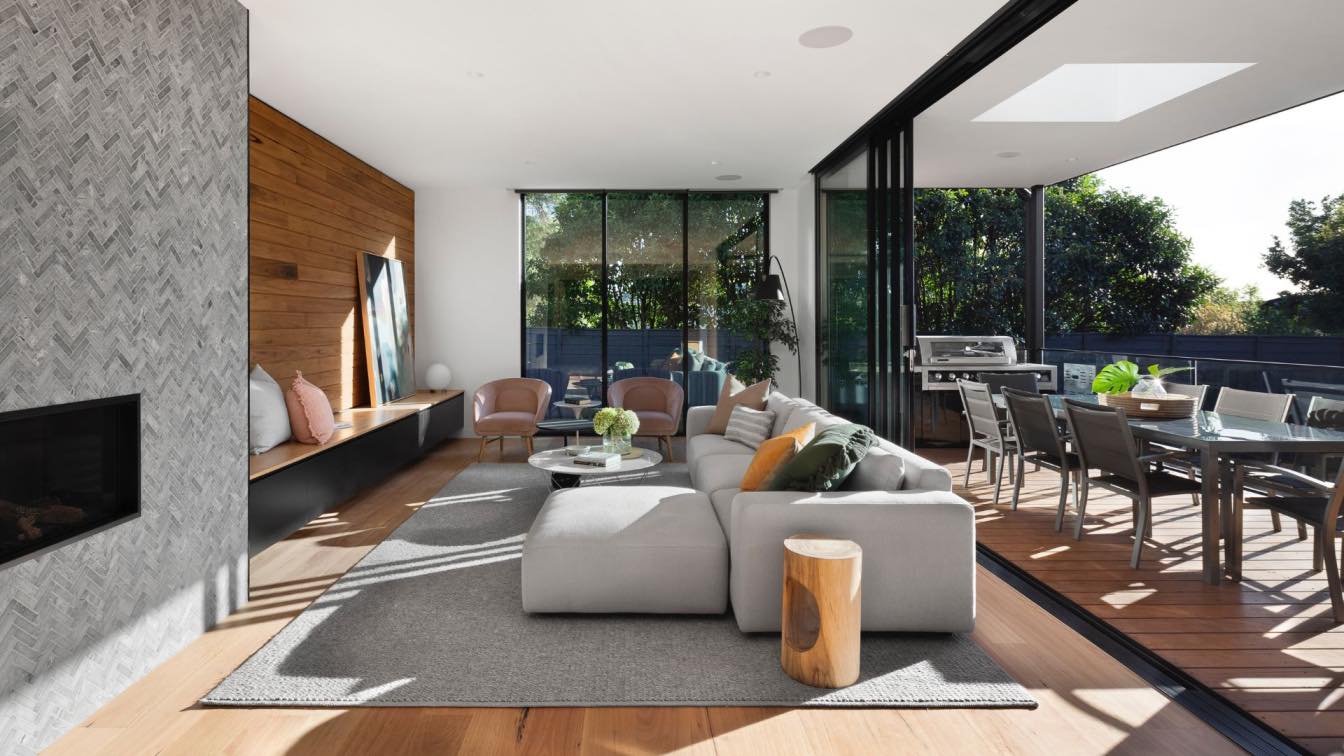Architecture has always been about creating new environments. However, translating an idea into something that others can genuinely understand has never been simple. Technical designs and static visuals frequently fall short of correctly depicting how a room will feel and function in reality.
This is where 3D architectural animation services come in. These cinematic visualizations bring unfinished buildings to life, turning sketches and blueprints into engaging experiences. Architects can now employ flythroughs, animated walkthroughs, and realistic lighting to demonstrate how a project lives and moves before it is completed.
In this piece, we'll look at how animation is influencing architectural communication, both for design teams and the people they serve.
From Static Visuals to Dynamic Tales
While photorealistic simulations are still commonly utilized in architectural presentations, they only capture a single frame—a fixed moment in time. However, a building is never static. It's entered, walked through, illuminated by sunlight and shadow, and sculpted by movement.
This missing layer is created by 3D architectural animation. It travels through rooms, from inside to outside, day and night. Clients see the structure, but they also experience how it flows and performs.
Animations can transmit atmosphere: the warmth of morning light in a kitchen, the expansiveness of a double-height lobby, or the drama of a facade at night. They connect people to a location both emotionally and visually.
What Exactly Is 3D Architectural Animation Service?
3D architectural animation services focus on generating short films that use computer-generated images to illustrate a project's story. Typical components are
1. Exterior flythroughs showcase scenery, scale, and context.
2. Interior walkthroughs centered on layout, materials, and furnishings.
3. Lighting simulations at various times of day.
4. Texture and finish details improve realism.
5. Dynamic camera routes create rhythm, energy, and atmosphere.
These animations can be utilized during client meetings, public presentations, investment pitches, and marketing initiatives. For companies working on huge, complex, or high-profile projects, animation is becoming increasingly important.
Why Animation Is More Important Than Ever
Today's clients want more than just PDFs and technical guides. They want to understand how their future structure will function—how light travels, how spaces interact, and how people will use it.
Three-dimensional animation provides answers to these questions. It demonstrates rather than tells. It fills the gap between concept and reality, particularly for non-architects who struggle to grasp designs.
It also helps to identify problems early on. Viewing a design in motion can highlight difficult transitions, scale misalignments, or underdeveloped regions that would not be seen in a static image. This translates to fewer surprises during construction—and fewer costly changes.
Use Cases Across Sectors
One of the most fundamental features of animation is its adaptability. It can be applied at any scale and in almost any architectural setting.
Residential: Help homeowners understand how space, light, and materials interact.
Commercial: Show how offices, retail stores, and mixed-use buildings operate in real time.
Hospitality: Communicate the atmosphere and guest experience at hotels, spas, and resorts.
Urban Design: Streetscape animation, traffic patterns, and community integration.
Civic Projects: To improve public trust, demonstrate how designs integrate with the local environment.
Customers, stakeholders, and communities benefit from the clarity and confidence that 3D architectural animation services provide.

How the Process Works
Each polished animation mixes artistry with technical precision. The procedure usually involves the following steps:
1. Briefing: Reviewing plans, goals, and vision.
2. Modeling: Creating a precise three-dimensional representation of the project and its surroundings.
3. Scene Setup: Texture, material, and lighting.
4. Storyboarding: Planning events and guiding camera movement.
5. Rendering: Producing high-resolution frames (which can take days per sequence).
6. Post-production: Music, sound design, motion graphics, and final edits.
The end result is both a video and a design narrative.
A Marketing Asset That Speaks for Itself
Animation does more than only express ideas; it also sells them. A well-produced 60- or 90-second animation can be used as the highlight of a pitch, campaign, or project announcement. It could appear on websites, social media platforms, investor decks, or digital kiosks at public events.
For clients who are unfamiliar with technical drawings, an animation provides immediate clarification. It lowers back-and-forth, speeds up decision-making, and removes confusion, all of which could sink a project.
This is why many forward-thinking companies are including animation in their core offerings—not as a luxury, but as a necessary tool for communication.
What's Next: Animation Meets Immersion
The future is already here. Animations are being integrated into virtual reality platforms, allowing clients to walk around projects in real time. Interactive versions allow users to experiment with different materials, lighting, and layouts within the same scenario.
Even without the complex layers, the core benefit remains: architectural animation humanizes design. It transforms architecture into narratives and audiences into players.
Conclusion
3D architectural animation services are more than just a visual enhancement; they are transforming how we tell architectural tales. They add clarity, emotion, and impetus to all aspects of a project.
Whether you're building a single home or planning a district-wide restoration, animation allows you to better explain your concept and get everyone on board.
In a world full of static noise, animation lends architecture a lively voice.





